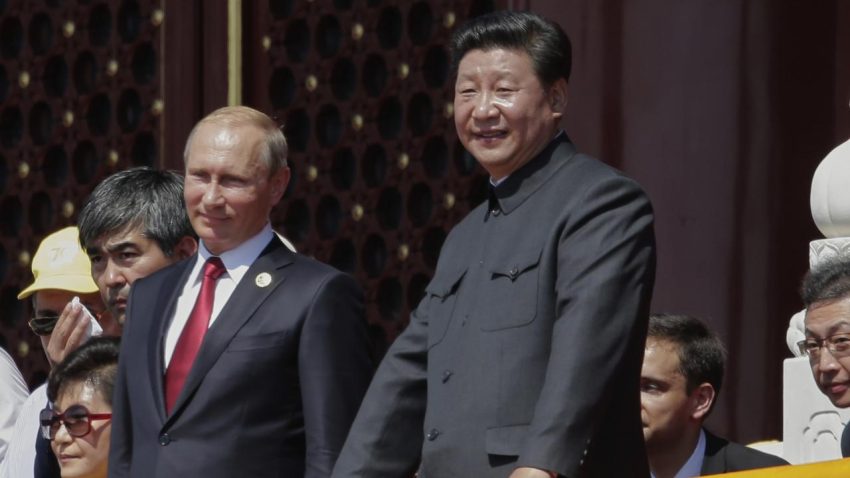Beijing’s anniversary parade unfolded not only as a spectacle of military might but as a diplomatic stage signaling the emergence of a new global alignment. At the heart of the event, President Vladimir Putin hailed “unprecedented” ties with China, underscoring more than 20 newly inked bilateral agreements. Chief among them is the Power of Siberia 2 pipeline, a project that will deliver 50 billion cubic meters of Russian gas annually to China via Mongolia—a lifeline for Moscow amid Western sanctions and a clear marker of Beijing’s growing energy dependence.
Adding to the symbolism, North Korean leader Kim Jong-un made his first overseas appearance since 2019, sharing the platform with delegations from Iran, Myanmar, Zimbabwe, and Slovakia. Their presence highlighted Beijing’s ability to convene a coalition of states often at odds with Western-led institutions.
Chinese President Xi Jinping seized the moment to launch his Global Governance Initiative, a framework presented as an alternative to the Western-led order. Framed through the lens of multipolarity, Xi’s vision aims to tilt the balance of international power away from U.S. dominance and towards a network of strategic partnerships centered on Beijing and Moscow.
Analysts describe the gathering as an “axis of upheaval”—a bloc that rejects the post–Cold War rules-based order and seeks to redefine norms on trade, security, and diplomacy. While its coherence remains untested, the symbolism of the parade suggests a rising confidence among those who view themselves as challengers to Western primacy.
For many, Beijing’s celebration was not just about history—it was a rehearsal for a reordered future.




